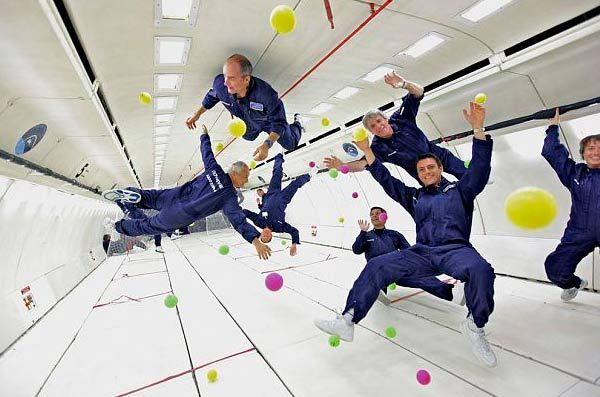The cosmonauts' brains change during flight
Last reviewed: 16.10.2021

All iLive content is medically reviewed or fact checked to ensure as much factual accuracy as possible.
We have strict sourcing guidelines and only link to reputable media sites, academic research institutions and, whenever possible, medically peer reviewed studies. Note that the numbers in parentheses ([1], [2], etc.) are clickable links to these studies.
If you feel that any of our content is inaccurate, out-of-date, or otherwise questionable, please select it and press Ctrl + Enter.
Scientists at the University of Belgium, led by Ph.D. Floris Whits, conducted an experiment whose purpose was to find out how the astronaut's brain adapts to the conditions of weightlessness. Over a period of time, sixteen astronauts were inspected, who were given a detailed MRI using the latest scanning device. At the end of the study, scientists compared the tomograph readings before and after the flight.
The very stay and, moreover, work in the conditions of the space station are fraught with a lot of difficulties. Being in weightlessness, the brain receives conflicting signals from various organs. The vestibular system gives a signal that the body is falling: in this case, the eye organs claim that there is no fall. In addition, if the blood flows to the head, the brain understands that the person is in a position upside down: however, in outer space there are no such concepts as "top" or "bottom".
Simultaneously with the violation of the vestibular apparatus, there are other difficulties. So, the internal count of time that occurs in the body, indicates that a person must feel tired, because it has already been a whole day. But during the space of 24 hours the astronauts watch the sunrise and sunset sixteen times.
In addition to the lack of gravity, large load drops, etc., it is established that a long stay in space can affect the volumes of gray matter in the brain - this can be explained by the redistribution of liquids as a result of lack of gravity.
At the moment, scientists have not yet figured out what the consequences of such changes might be for the health of the astronauts. There is already reason to believe that there is a direct negative impact on the lower limbs and the visual organs.
There is also information that the brain, being in a stressful situation, still adapts to the new conditions for several days. In addition, it was found that those astronauts who conquer outer space any more for the first time, need substantially less time to adapt to the conditions of weightlessness. At the same time from one flight to the next can take several years. This means that the brain is capable of retaining information about such an adaptation reaction.

The results of the experiment can be very useful not only for cosmonauts, but also for people whose activities are not related to the development of outer space. The bottom line is that certain frequent disorders of the nervous system develop precisely as a result of an incorrect interpretation by the brain of impulses coming from the human body. Now, medical experts, based on studies conducted on astronauts, will be able to identify vulnerable areas in complex brain structures.
Dr. Wits also commented that "an experiment conducted on astronauts allowed us to trace changes in the human brain before, during and after a stressful condition."
